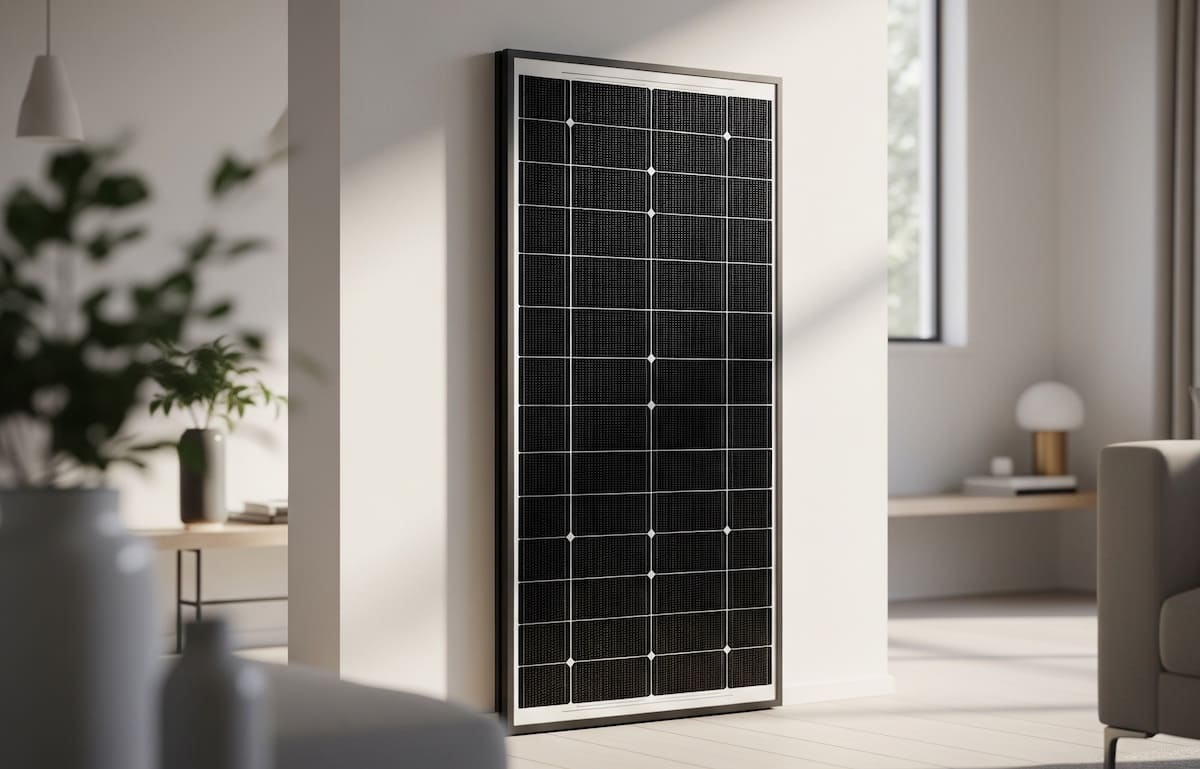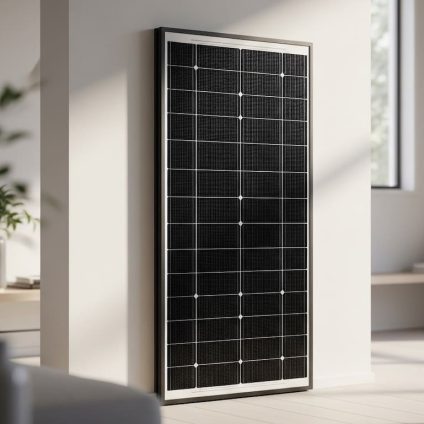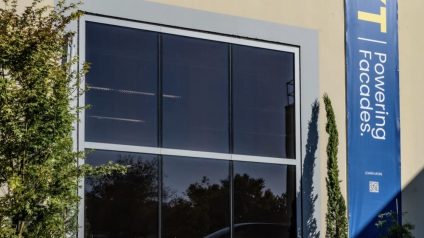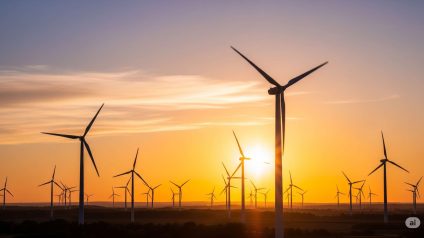Indoor solar technologies are gaining ground thanks to rising efficiency, novel materials, and expanding applications for smart electronics and IoT devices.

The latest breakthroughs in indoor photovoltaics
As the Internet of Things (IoT) continues to expand, indoor solar panels are gaining attention from researchers and the energy industry alike. While not entirely new, just think of classic solar-powered calculators, the market for indoor photovoltaics remains small. A key reason is that depending on the semiconductor used, indoor solar cells may suffer from drawbacks such as instability, toxicity, and photodegradation.
To address these issues, several innovative approaches have emerged in recent years. The latest comes from a team of chemists at Kaunas University of Technology (KTU) in Lithuania, who have developed new materials to improve indoor solar cell performance.
How indoor solar panels work
Indoor solar panels can generate electricity even under low-light conditions, with much better performance than traditional crystalline silicon panels. These devices rely on solution-processed, third-generation solar cells, including:
- amorphous silicon cells
- dye-sensitized solar cells (DSSC)
- organic solar cells
- quantum dot solar cells
- perovskite-based cells
- gallium indium phosphide (GaInP) cells
Typically, the active area of these devices is only a few square centimeters and operates at light intensities ranging from 0.1 to 10 W/m², mainly in the visible spectrum. This corresponds to indoor lighting from diffuse sunlight or artificial sources such as incandescent bulbs, compact fluorescents, and white LEDs. By contrast, conventional solar panels require 1,000 W/m² to function efficiently.
Indoor photovoltaics, high theoretical efficiency
One of the key advantages of indoor solar panels is their potential efficiency. Theoretical models estimate a maximum efficiency of 51–57% for single-junction indoor solar cells under various artificial light sources. In real-world experiments, GaInP solar cells have demonstrated conversion efficiencies close to 40% under lab conditions.
Still, the technology faces several technical hurdles before it can scale beyond its current niche.
Recent breakthrough: indoor perovskite solar cells
A promising step forward comes from the Faculty of Chemical Technology at KTU, where researchers synthesized new charge transport materials that improve the efficiency of indoor solar panels.
The team focused on wide-bandgap perovskite solar cells, which can effectively harness energy from artificial light. According to Dr. Asta Dabulienė of KTU, “Perovskite indoor solar cells can be integrated into mobile phones, flashlights, and other electronics. They generate power under artificial light, and with IoT technologies, that energy can be used to manage device operation and optimize energy use.”
Dr. Dabulienė developed a series of new thiazol[5,4-d]thiazole-based compounds for hole transport, meaning they move positive charge carriers while blocking electrons. This selective transport helps reduce recombination losses and increases overall device efficiency.
The perovskite indoor solar cell built by her team achieved a 37.0% power conversion efficiency under 3000 K LED lighting. Their findings were published in ACS Applied Materials & Interfaces.
Record efficiency for GaInP indoor solar cells
The highest indoor solar cell efficiencies to date were reported in 2025 by the Fraunhofer Institute for Solar Energy Systems ISE. Researchers there focused on durable and efficient indoor solar cells based on III-V semiconductors, particularly gallium indium phosphide (GaInP), which with a bandgap of 1.9 eV is ideal for low-light environments.
Their work analyzed electron and hole behavior in both p-type and n-type GaInP materials under conditions of low-level carrier injection. This term refers to scenarios where the number of light-generated electron-hole pairs is smaller than the majority carriers already present in the doped semiconductor. In n-type materials, electrons are the majority carriers and holes the minority, and the opposite is true for p-type.
Lead researcher Malte Klitzke found that n-type GaInP cells outperformed their p-type counterparts. The n-type design maintained charge carriers longer, making it more effective under dim lighting. This characteristic enables high-efficiency conversion of indoor light to electricity.
At 100 lux, the Fraunhofer ISE cell reached 37.5% efficiency, with a peak of 41.4% at 1000 lux.
Indoor solar panel applications
In recent years, indoor photovoltaics have gained traction thanks to growing demand for applications in everyday devices. Key markets include small-scale electronics such as IoT components, human-interactive actuators, wireless sensors, wearable tech, and alarm systems. Globally, the indoor solar segment is valued at around $140 million, indicating robust growth. Still, this is modest compared to the $100 billion outdoor solar panel market.
Originally published on July 29, 2024. Updated July 22, 2025.













